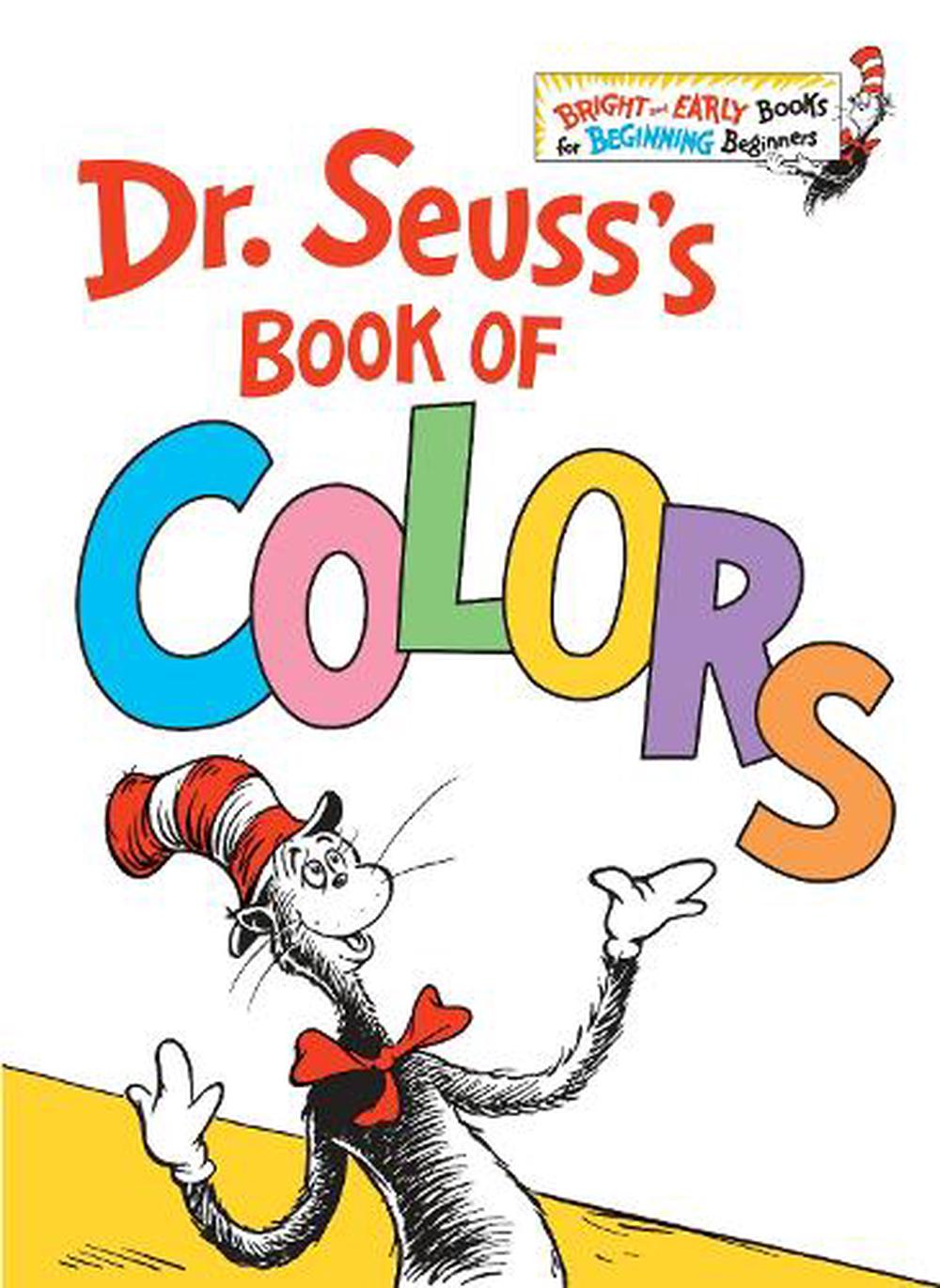

I think it’s fantastic that the book reassures children that emotions come and go. Having said all of that, there is something I don’t like about this book:īut it all turn out all right, you see. It provides an opportunity for children to experience the same emotions as the narrator, even if they have never been in the same situations. This isn’t a story about being upset because your dog ran away, or being scared of the dark, or happy because you got exactly what you wanted. The beauty of this book is that it is unassuming. You can feel what a purple day must be like, and so can children. You can sympathize with the depressed dinosaur. I walk alone.” accompanied by the illustration of a muted plum-colored brontisaurus hanging his head low and dragging his tail adds a completely different level. It’s great to show a child a representation of a sad face, but to hear “On Purple Days I’m sad- I groan. This is what makes this book different from so many thousands of other “feeling books” out on the market. The story follows an unnamed narrator who explains how different days feel by describing his emotions as colors, then further describing those colors by using colorful, imaginative images of animals who personify those feelings. “My Many Colored Days” is serious and dark at parts, but, in my opinion, it’s one of Seuss’s best works.


Seuss’s other books, this book is anything but zany and fanciful. On different days I’m different too.Įveryone knows the fun and playful words put to paper by the late, great Theodore Geisel, but it never fails to surprise me how few people have heard of his posthumously published, “My Many Colored Days.” While it follows the familiar rhyming scheme of Dr. Social Emotional Sundays: “My Many Colored Days” by Dr.


 0 kommentar(er)
0 kommentar(er)
